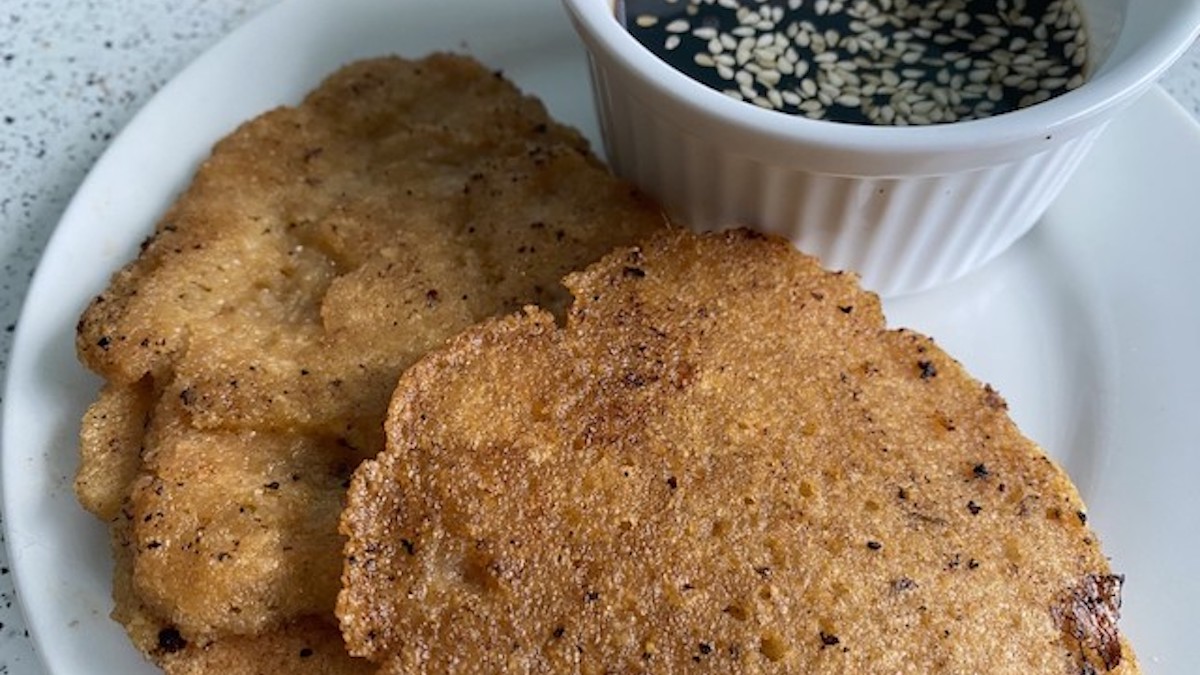Wonderfully corrupted homestyle recipes.
Want to learn how to integrate some of the wonderful flavours of Asian cuisine into your everyday meals? Momofuku founder David Chang and author of Indian-ish Priya Krishna have joined forces to share new-age versions of traditional dishes learnt at home.
This information-packed recipe book goes above and beyond just recipes and delves into multiple topics, with expert advice on questions you have probably searched for answers to online, including using frozen or fresh? Washing meat or not?
One of the best parts of this book is the cooks’ different palates and cooking styles. In Cooking at Home, it is clear the two authors have quite different styles with Dave rather relaxed about breaking all the rules and Priya openly criticising or suggesting improvements on what Dave sees as necessary. She also adds her own flair.
A number of these non-recipes include ingredients from many different countries’ culinary attributes so it is interesting to see the blends whilst at the same time you are taught how to really cook, i.e. you learn to use your tastebuds, not measurements.
In fact, you don’t even need measuring cups or utensils as the authors don’t believe in them. This book teaches you to cook by taste, feel and practice, realising ratios need to change depending on the ripeness or freshness of a product.
They also dispel the common misconception that traditional dishes mean time-consuming ones. As such, this book caters for many audiences, from modern-day executives to parents to courageous cooks.
Some of the font is a bit too large and decorative so it makes it a little hard to read. But as a recipe book it is probably ideal as the pages are thick, smooth, and easy to clean—perfect for when you are cooking yet less appealing to sit and read.
I tried two different recipes. The first is a snack, vegetarian and out of the box; I never before would have considered microwaving potatoes, as they can sometimes take long enough to soften on the boil. On pages 306-307 is a salt-crusted potatoes recipe, which promised them cooked in 5-15 minutes, depending on the size and quantity.
Salt-Crusted Potatoes (page 306)

Immediately sceptical but wanting it to be true (as what a fantastic timesaver), I was somewhat reassured to see that Priya (the fussier cook) was also a great believer of microwaving vegetables. I included the fork in the photo to show the sizes of the potatoes used. I also used a microwave-safe container; the recipe does not specify whether a normal container would also work. It simply states “container with lid”.
The result? Far better than the traditional boiled-in-water potato as the consistency of the inside of the potato is similar to that of a roasted potato. It even surpasses a roast potato as we save on energy costs—something to be mindful of this winter.
The instructions are simple, and what you serve them with is up to you. You can easily make it into a small meal. For me, the primary satisfaction is the discovery of a new, cheap, and easy cooking technique. As no water is used (something I initially grappled with), you are also maximising the nutritional content which is a big bonus. I will never return to boiling potatoes on the stove.
Bindae-tteok (page 377)

There were a couple of reasons I chose to showcase and try this as my other recipe.
Like the potatoes recipe, it is a great snack, however it can also be converted into a meal with extra ingredients. It is a cheap, gluten-free, vegetarian meal that uses lentils or mungbeans as a base, rather than rice or wheat. As it is an egg-free batter, I was also curious to see how well it would stick together.
The result? The batter sticks together easily, making them easy to cook. The dipping sauce is a necessary accompaniment to this savoury snack, as although wonderfully light and crispy with a soft inside, the patties without sauce are plain.
Even if you know a lot about cooking and are quite adventurous, this book gives you the confidence to use a few more sauces or spices you may be unfamiliar with, in a variety of ways.
Reviewed by Rebecca Wu
This review is the opinion of the reviewer and not necessarily of Glam Adelaide.
Distributed by: Penguin Books Australia
Released: December 2021
RRP: $49.99






















